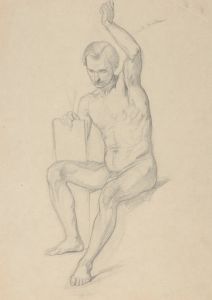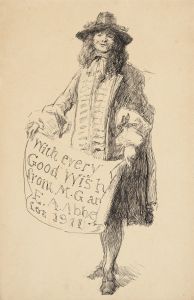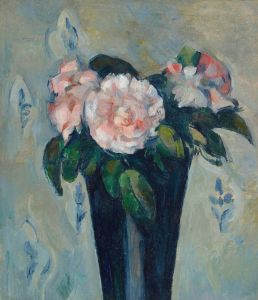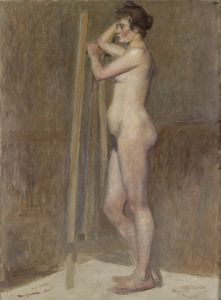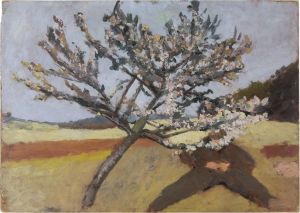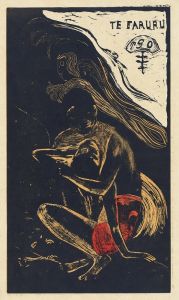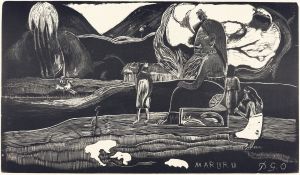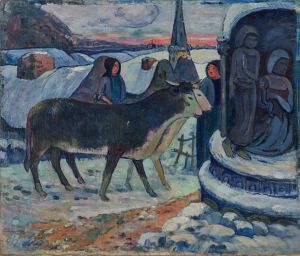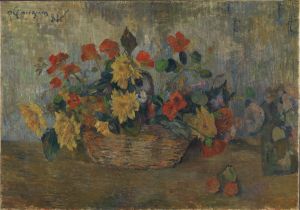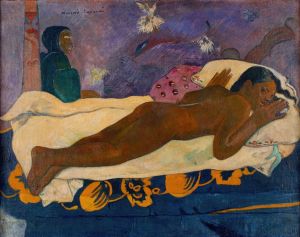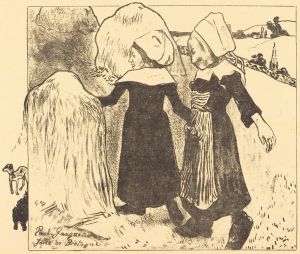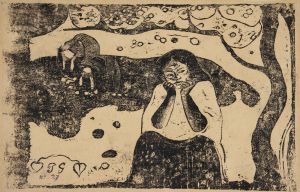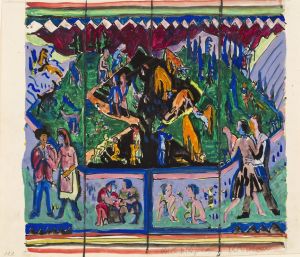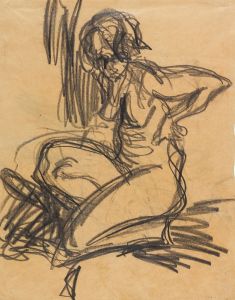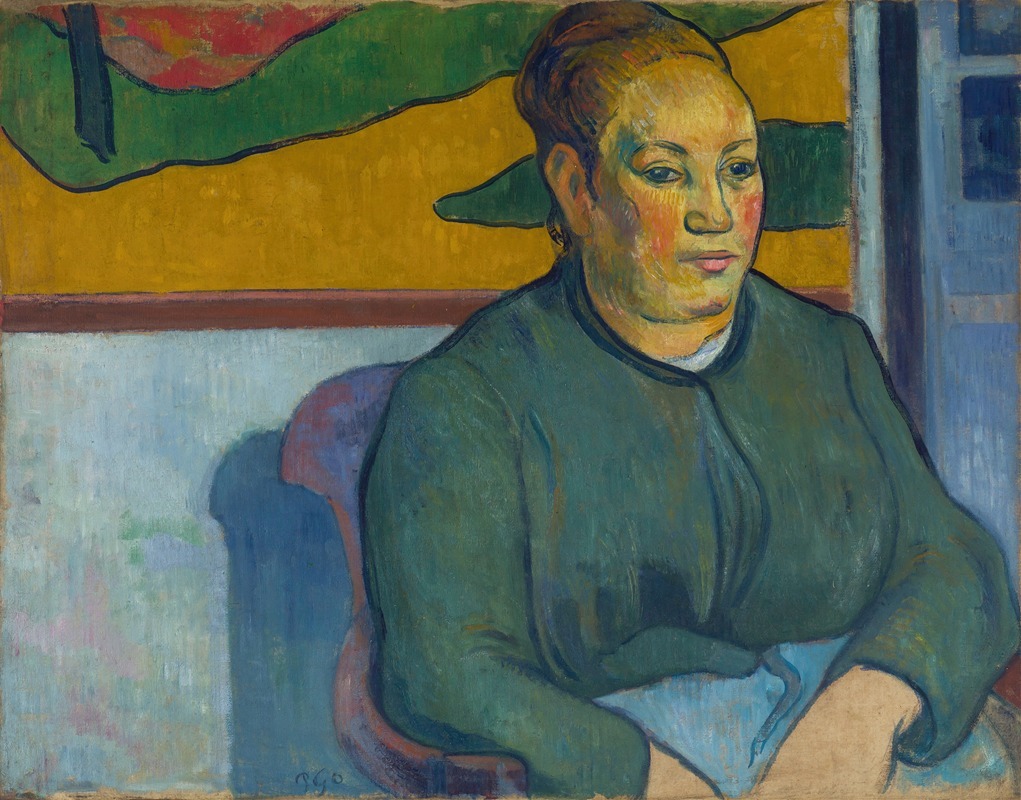
Madame Roulin
A hand-painted replica of Paul Gauguin’s masterpiece Madame Roulin, meticulously crafted by professional artists to capture the true essence of the original. Each piece is created with museum-quality canvas and rare mineral pigments, carefully painted by experienced artists with delicate brushstrokes and rich, layered colors to perfectly recreate the texture of the original artwork. Unlike machine-printed reproductions, this hand-painted version brings the painting to life, infused with the artist’s emotions and skill in every stroke. Whether for personal collection or home decoration, it instantly elevates the artistic atmosphere of any space.
Paul Gauguin's painting Madame Roulin is a portrait of Augustine Roulin, the wife of Joseph Roulin, a close friend of Vincent van Gogh. The Roulin family became a significant subject for both Van Gogh and Gauguin during their time in Arles, France, in the late 1880s. This work reflects Gauguin's distinctive post-Impressionist style, characterized by bold colors, simplified forms, and an emphasis on emotional expression.
The exact date of the painting is not definitively documented, but it is believed to have been created during Gauguin's stay in Arles in 1888, when he briefly lived and worked alongside Van Gogh. During this period, both artists were deeply influenced by each other's techniques and artistic philosophies, though their styles remained distinct. Gauguin's approach in Madame Roulin diverges from Van Gogh's more textured and dynamic depictions of the Roulin family, focusing instead on a more stylized and decorative representation.
In this portrait, Gauguin captures Madame Roulin with a serene and introspective expression. The composition emphasizes flat planes of color and a deliberate simplification of detail, hallmarks of Gauguin's work. The background and clothing are rendered in vibrant, contrasting tones, showcasing his interest in the symbolic and emotional power of color. This stylistic choice aligns with Gauguin's broader artistic goals of moving beyond naturalistic representation to explore deeper, more subjective themes.
The Roulin family, particularly Joseph Roulin, who worked as a postman in Arles, held a special place in the lives of both Gauguin and Van Gogh. Their friendship with the artists provided a sense of stability and connection during a turbulent period in their careers. The Roulins were frequent subjects in their works, and their portraits remain an enduring testament to this unique relationship.
While Madame Roulin is not as widely known as some of Gauguin's later works from his time in Tahiti, it is an important example of his early experimentation with color and form. The painting also serves as a historical artifact, offering insight into the artistic exchanges and personal relationships that shaped the careers of both Gauguin and Van Gogh.
The current location of Madame Roulin is not definitively recorded in public sources, and its provenance remains unclear. However, it is recognized as part of Gauguin's broader body of work from the Arles period, which continues to be studied and appreciated for its contribution to the development of modern art.





